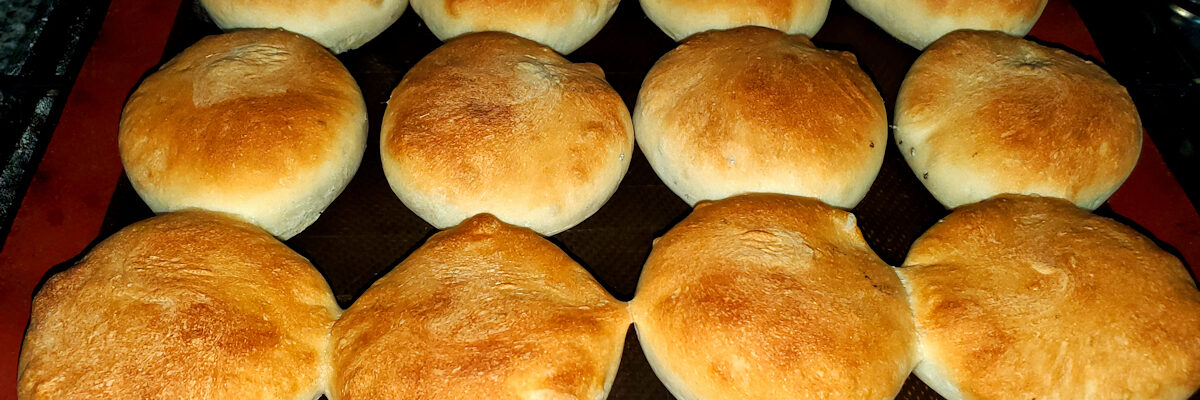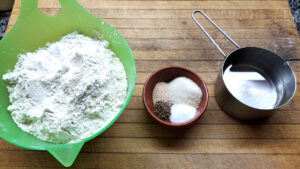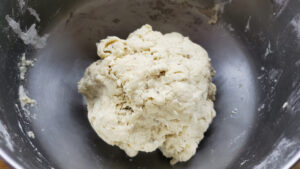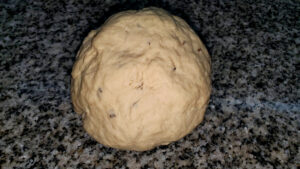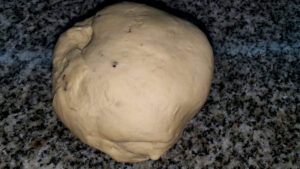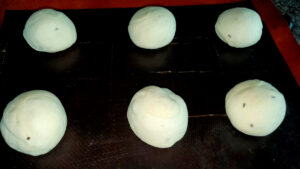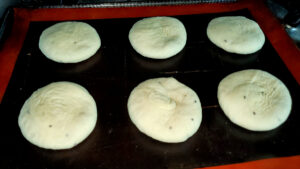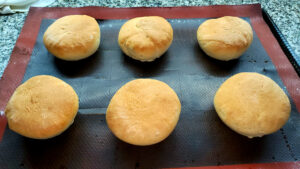Day 115. Yup, we’re still here in quarantine. Is the renewed lockdown working? Probably too soon to be sure, though the daily rise in cases, while it continues, seems to be slowing, and the mortality rate is definitely declining, so there’s hope. As scheduled, we have another nine days, until next Friday – I have my doubts that we’ll move back into phase 2 so quickly. I expect they’ll extend phase 1 another two weeks to the end of the month, but… who knows?
People are fed up enough that I’m not sure phase 1 controls would be followed for yet another fortnight – when I do venture out in the streets for the occasional shopping trip or delivery, I’d venture that a good number are not following the rules already. Not that people aren’t wearing masks, but I see less and less distancing, and there are definitely a good number of businesses open here in the ‘hood that reopened during our brief flirtation with phase 2 that didn’t go back into closure with the rollback, and no one’s stopping them from staying open.
The only real impact seems to be on public transit, for which you officially need a special electronic permit as an essential worker, and I see in passing that they’re checking them at our neighborhood subway station, though whether they are at all stations I don’t know, and there’s no way that they’re doing it for the buses – though there are noticeably fewer people riding them when I see them pass by.
On to the food portion of today’s post! Continuing to explore some of the traditional breads of Latin America, particularly Peru, of course, with a classic bread called Pan Chapla, from Arequipa, in the south of the country. Chapla is a slang word that sort of means… something without defining characteristics. In more coarse society it’s a way to refer to someone who has no past and no future. At its most traditional, this bread is just shy of being a flatbread – it is yeasted, and does rise somewhat, but is flattened immediately before cooking, and would be cooked on hot stones or directly over a charcoal fire.
Those really traditional ones look something like a small Middle eastern pita or an Indian poori, but without the pocket. Modern life being what it is, that has changed to some extent, and many of the pan chapla I see are allowed a slightly more substantial rise, and are, not surprisingly, cooked in an oven, and come out more like a flattened bread roll. The defining flavor of the bread is a touch of aniseed.
Bread flour, yeast, sugar, salt, aniseed, and a smaller amount of water than I’d usually use for bread (about 50% by weight – most bread runs in the 60-70% range, and some, like a traditional baguette dough, tops that). But… trust to the process and see how it turns out, and all that.
It indeed makes a very dry dough, that’s tough to knead. Unlike many doughs, where you knead it steadily for up to 10 minutes right after mixing, this bread has its own process. Initially, just knead for about two minutes, which leaves it very rough. Then cover it and set it aside for 10 minutes.
After 10 minutes, knead it again for 2 minutes, then repeat that 10 and 2 three more times! Each time it gets smoother, but also really, really elastic. By the time of this fifth and final kneading, the dough has the texture, and probably the bounce, of a rubber ball. Cover and leave for 20 minutes in a warm place.
That’s not enough time for the usual European/North American “let it double in volume”. But, keep in mind, it’s had another half hour of rising, just getting itself knocked back down every ten minutes. Still, it’s a pretty firm dough. And, remember, we’re not aiming for an overly risen product.
Form into round balls. Cover and set aside for 30 minutes to rise….
And then flatten them, and pop them straight into the oven.
And, bake until golden brown. They do puff, and they get a small pocket of air in the center – I’d imagine that if you were doing this on a grill or on a hot stone, they’d get more of that, because you’d be cooked only from one side, and then flipping. I suppose I could try doing these on the stovetop griddle, like the way I make English muffins – it might be interesting to see how they turn out. Or even maybe just flipping them over while they bake, like I would for an oven-baked pita. I’ll report back on that one… hadn’t considered it until just now.
